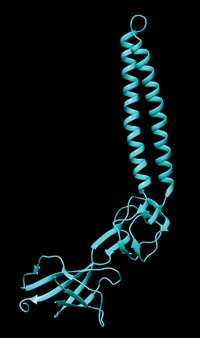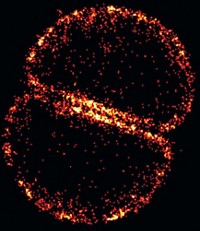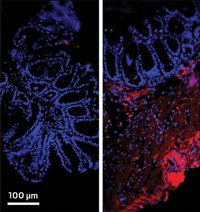Advertisement
Grab your lab coat. Let's get started
Welcome!
Welcome!
Create an account below to get 6 C&EN articles per month, receive newsletters and more - all free.
It seems this is your first time logging in online. Please enter the following information to continue.
As an ACS member you automatically get access to this site. All we need is few more details to create your reading experience.
Not you? Sign in with a different account.
Not you? Sign in with a different account.
ERROR 1
ERROR 1
ERROR 2
ERROR 2
ERROR 2
ERROR 2
ERROR 2
Password and Confirm password must match.
If you have an ACS member number, please enter it here so we can link this account to your membership. (optional)
ERROR 2
ACS values your privacy. By submitting your information, you are gaining access to C&EN and subscribing to our weekly newsletter. We use the information you provide to make your reading experience better, and we will never sell your data to third party members.
Biological Chemistry
Manganese May Treat Shigellosis
Lysosome-dodging behavior of Shiga toxin is curtailed by dose of manganese
by Elizabeth K. Wilson
January 23, 2012
| A version of this story appeared in
Volume 90, Issue 4
A simple dose of inexpensive manganese chloride may be the first effective treatment for shigellosis, a food- and waterborne gastrointestinal illness that each year kills more than 1 million people, particularly those in developing countries (Science, DOI: 10.1126/science.1215930). The disease is caused by the Shiga toxin, which is produced by the bacteria Shigella and some Escherichia coli strains. There is no effective treatment because as antibiotics destroy bacteria they spill more toxin into the body, worsening the illness. But Adam D. Linstedt and Somshuvra Mukhopadhyay of Carnegie Mellon University performed tests in cell cultures and on mice showing that manganese thwarts the toxin’s ability to kill cells. Normally, the Shiga toxin remains inside a cell by hitching itself to the protein GPP130. This protein moves back and forth between various cell structures, avoiding molecule-digesting structures known as lysosomes. When manganese enters a cell, however, it diverts GPP130 to lysosomes by an unknown mechanism. With no GPP130 available for binding, the Shiga toxin itself can’t avoid the lysosomes and is destroyed. The researchers found that a nontoxic dose of manganese protected 100% of mice given high doses of Shiga toxin. They also hypothesize that because manganese renders the toxin nontoxic, its use in conjunction with antibiotics could be an even more powerful therapy.





Join the conversation
Contact the reporter
Submit a Letter to the Editor for publication
Engage with us on Twitter